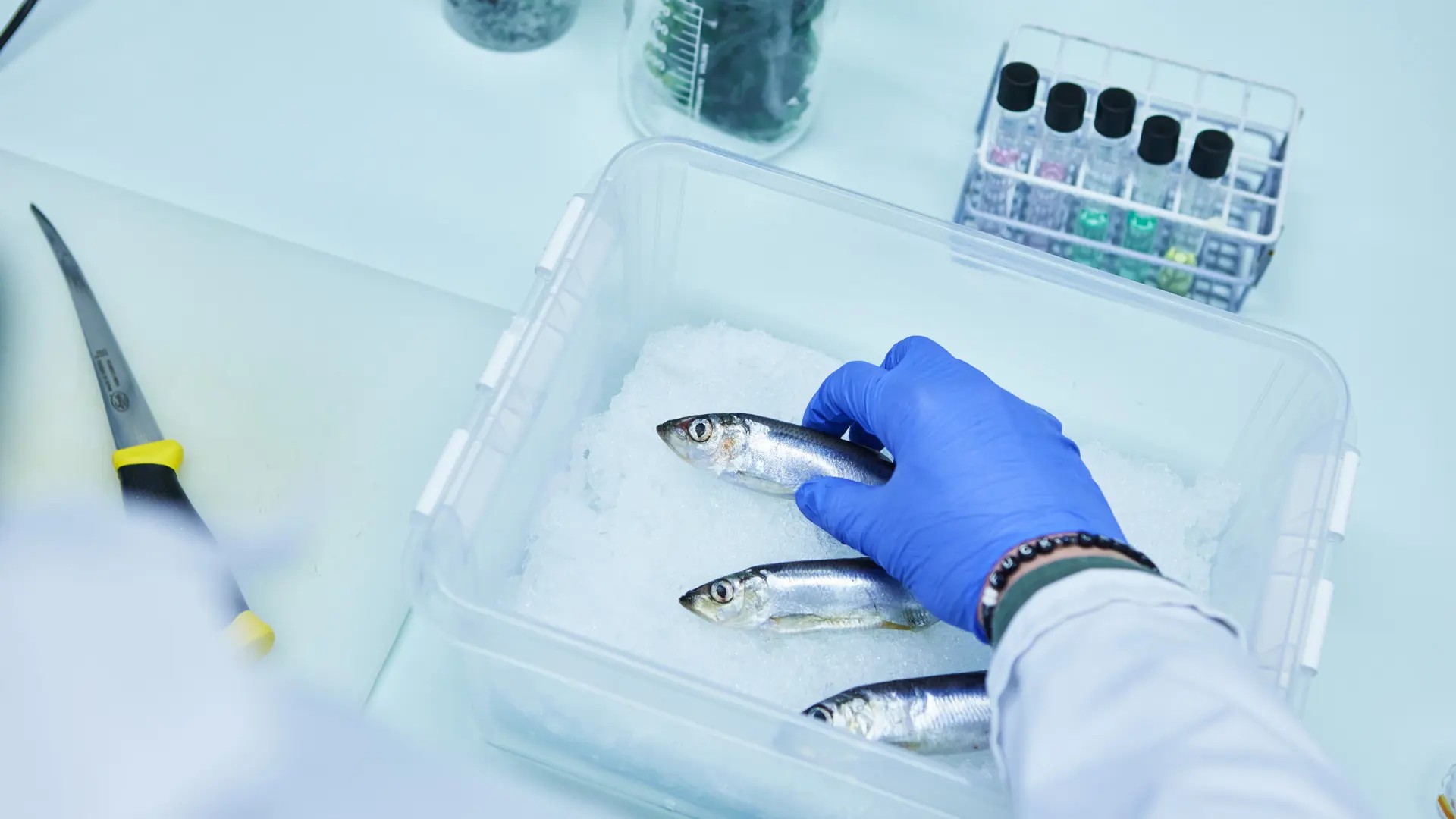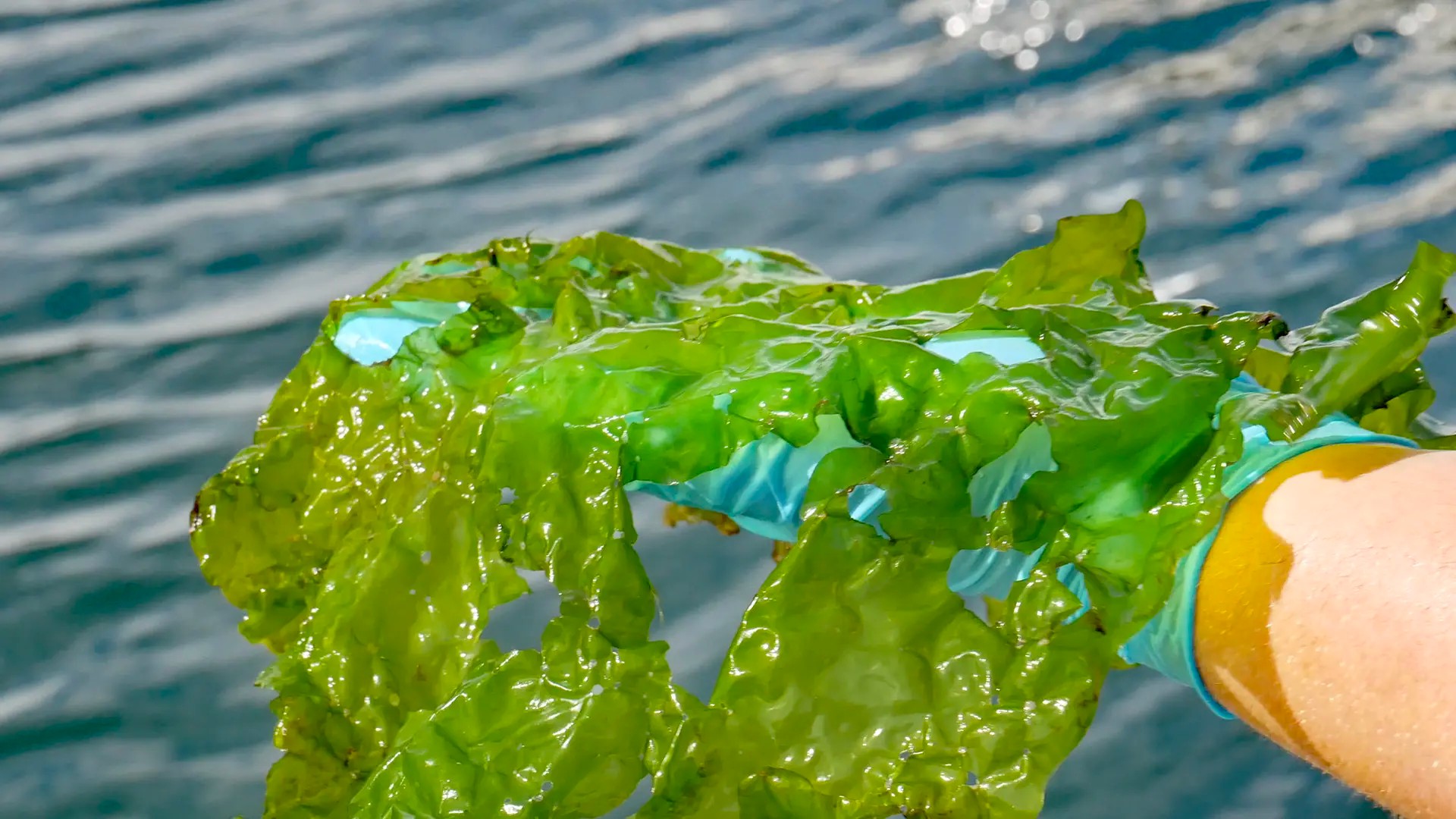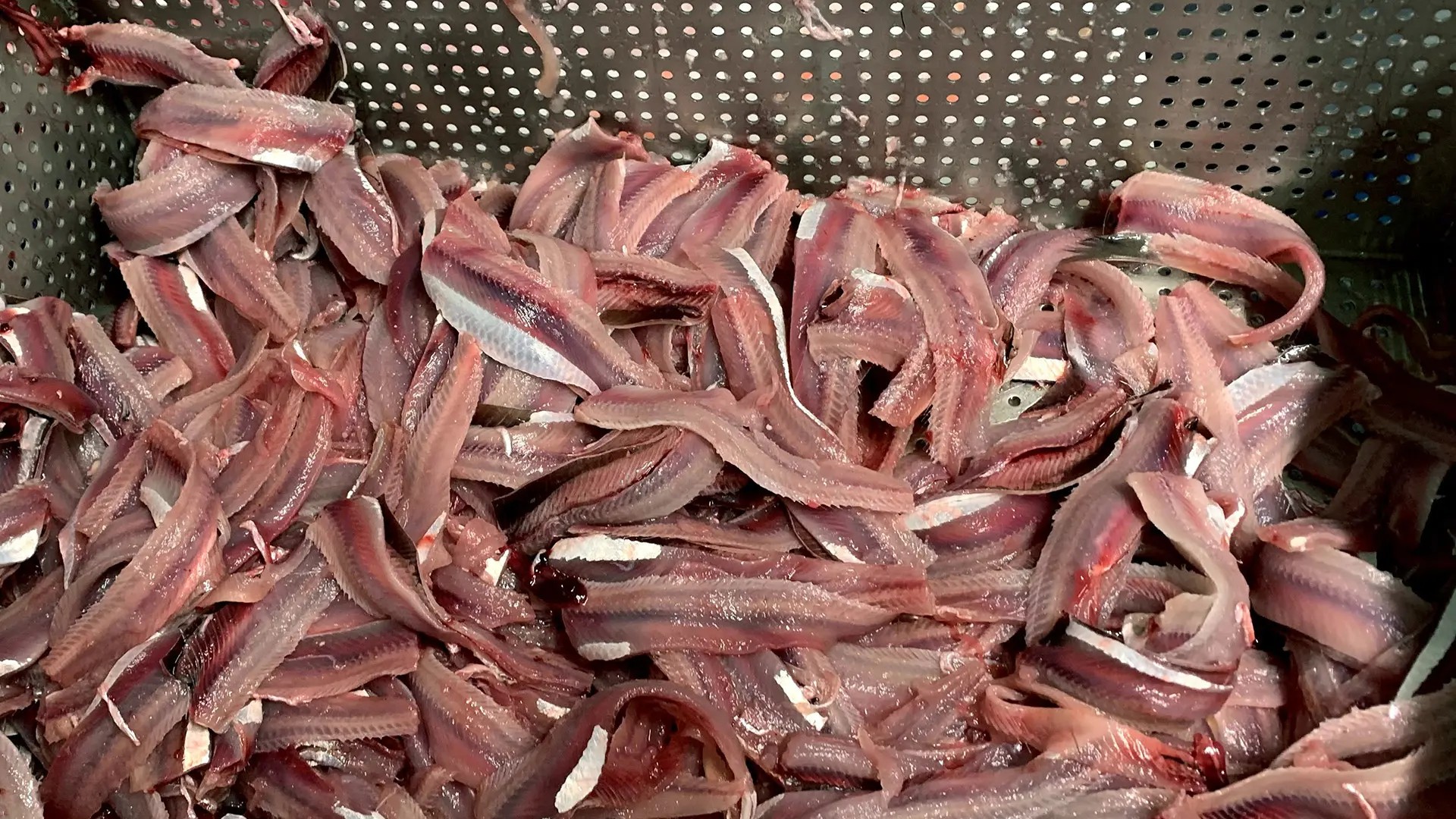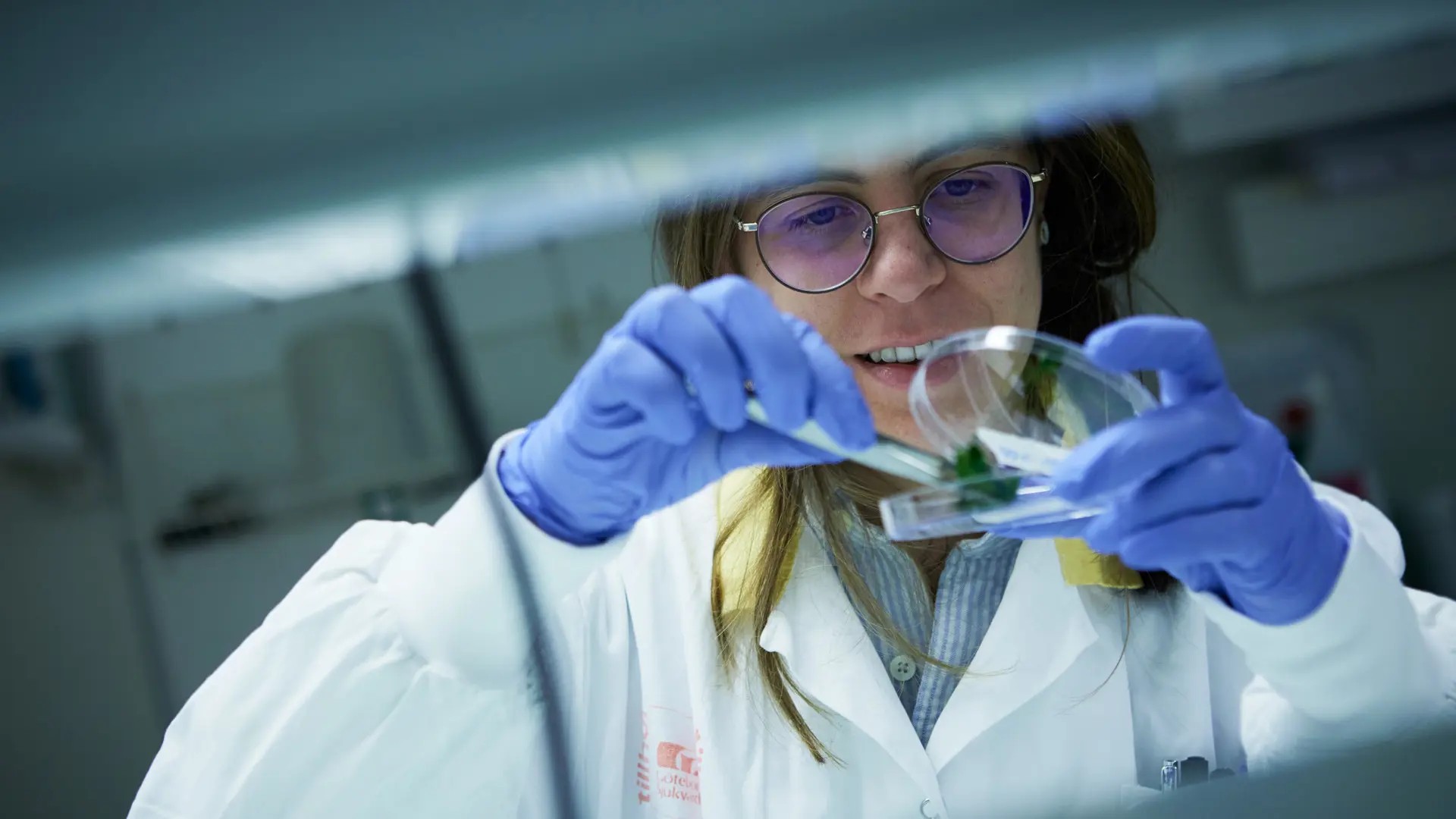
Based on its high nutrient density and low climate impact, seafood can play a crucial role for both food security and a sound dietary protein shift. However, to fully unlock its potential, more of the landed aquatic biomasses must be directly converted to food rather than to lower value bulk products.
Our research aims at building new value chains e.g., from small pelagic fish species, seafood rest raw materials, seaweed and mussels by applying scalable processes for stabilization and/or isolation of proteins, lipids and antioxidants. In selected cases, such as for seaweed and Baltic herring, we also develop strategies which can enhance the nutrient digestibility or safety, the latter via removal of contaminants.
Core competences comprise lipid oxidation mitigation and protein ingredient production, the latter in a biorefinery context to allow maximum value addition to biomasses. We host a solid analytical platform for profiling of lipids, proteins, micronutrients and oxidation products as well as infrastructures for in vitro digestions, protein texturization (e.g., 3D- printing, extrusion) and pilot scale biomass fractionation.

Marine proteins and their up-concentration to functional ingredients
To reach a sustainable blue protein shift, the range of aquatic protein products on the market must be expanded beyond the classically consumed fish fillets.
Our lab works extensively with processes to produce and characterize new protein ingredients from complex, underutilized and/or less protein dense marine sources such as small pelagic fish, fish rest raw materials, seafood process waters and seaweed.
For solid biomasses, we have long experience from pH-shift processing and mechanic separation, but new protocols are also tailored for individual biomasses. For process waters, flocculation plus dissolved air flotation (DAF) and de novo protein production via algae or fungi cultivation is in focus, the latter with external collaborators.
In many projects, we strive at co-extracting gel-forming proteins with other valuable molecules as lipids, collagen and antioxidants in a cascading approach (i.e., biorefining). Cascading is also used to selectively remove unwanted contaminants as PCBs, when required. For recovery of marine collagen and collagen peptides, new green extraction techniques are also specifically developed e.g., for starfish. Our lab hosts advanced equipment for both analyses and formulation of proteins into new product prototypes.
Research leader

- Full Professor, Food and Nutrition Science, Life Sciences
Researchers

- Associate Professor, Food and Nutrition Science, Life Sciences

- Visiting Researcher, Food and Nutrition Science, Life Sciences

- Doctoral Student, Food and Nutrition Science, Life Sciences

- Doctoral Student, Food and Nutrition Science, Life Sciences
Students
Anna Aronsson, MSc student

Marine lipids and lipid oxidation
Marine lipids are known for their high content of bioactive long-chain n-3 polyunsaturated fatty acids (LC n-3 PUFA, or “omega-3”). To protect these valuable lipids from oxidation, and thereby maintain desirable nutritional and sensory properties, we develop new antioxidative strategies with a target to comply with “clean label”. For example, we explore how plant-derived rest raw materials and seaweed can be co-processed with fish raw materials to provide an array of natural antioxidants to the resulting product.
To mitigate oxidation, we also focus on how key pro-oxidants in marine raw materials can be either inhibited or removed. In fish, the major focus is on the hemoglobins (Hb), and fundamental research is ongoing to better understand their pro-oxidative mechanisms and how their interactions with lipids can be prevented.
Our lipid oxidation studies are carried out both during simulated seafood handling conditions and gastrointestinal conditions; the latter revealing whether lipid oxidation products also could have potential toxic effects. Methods are also set up for a broad range of lipid oxidation products.
Research leader

- Full Professor, Food and Nutrition Science, Life Sciences
Researchers
- Visiting Researcher, Food and Nutrition Science, Life Sciences

- Visiting Researcher, Systems Biology, Life Sciences

- Doctoral Student, Food and Nutrition Science, Life Sciences

- Doctoral Student, Food and Nutrition Science, Life Sciences

- Doctor, Food and Nutrition Science, Life Sciences

Nutrient profiling and digestibility as a function of processing
To understand how macro- and micronutrients of marine biomasses are responding to new cultivation regimes or valorization processes, we have an extensive analytical platform set up for profiling of e.g., amino acids, fatty acids, vitamins and minerals.
We also carry out research to maximize the digestibility and accessibility of marine nutrients when we have reasons to believe that these properties are hampered. For seaweed, this comprises selective antinutrient removal and/or different modes of cell wall disintegration prior to ingestion. For fish raw materials, it involves for example their cross-processing with polyphenol-rich plant materials to stabilize the omega-3 fatty acids; both pre- and post-ingestion. In such cases, we also study whether the digestibility of fish proteins is negatively affected by polyphenols e.g., via crosslinking or inhibition of digestive enzymes.
All our digestion work is done in vitro using static or semi-dynamic models.
Research leader

- Full Professor, Food and Nutrition Science, Life Sciences
Researchers

- Visiting Researcher, Food and Nutrition Science, Life Sciences

- Doctoral Student, Food and Nutrition Science, Life Sciences

- Doctoral Student, Food and Nutrition Science, Life Sciences

- Doctor, Food and Nutrition Science, Life Sciences
Students
Rebecca Strand, MSc student
Jonatan Thoren, MSc student